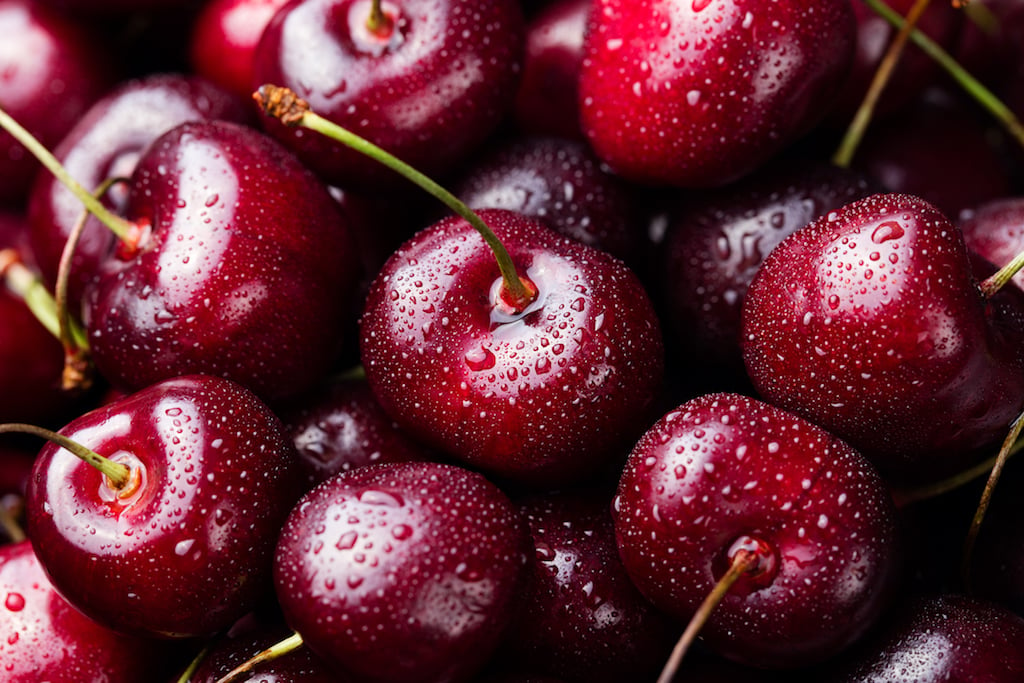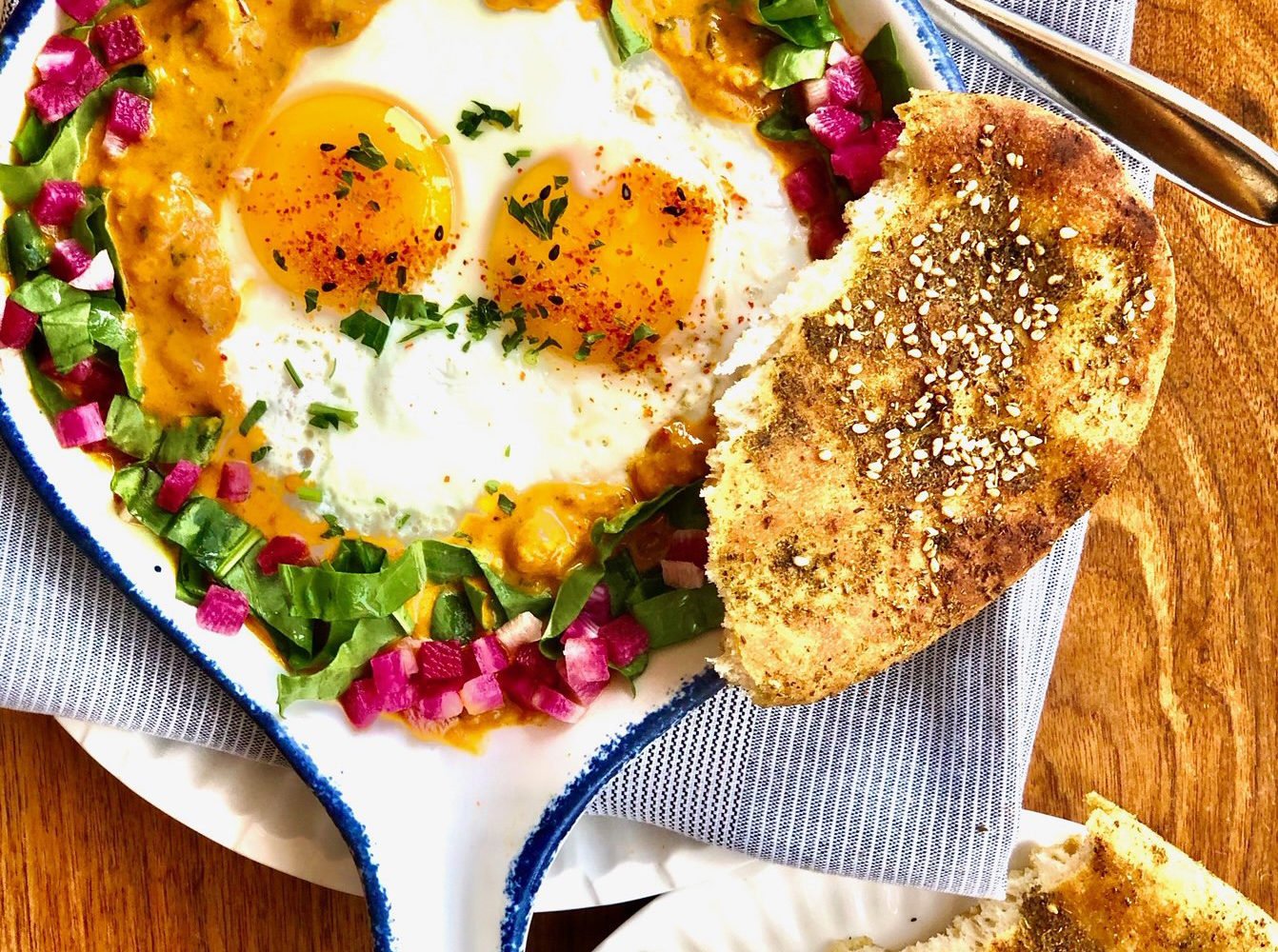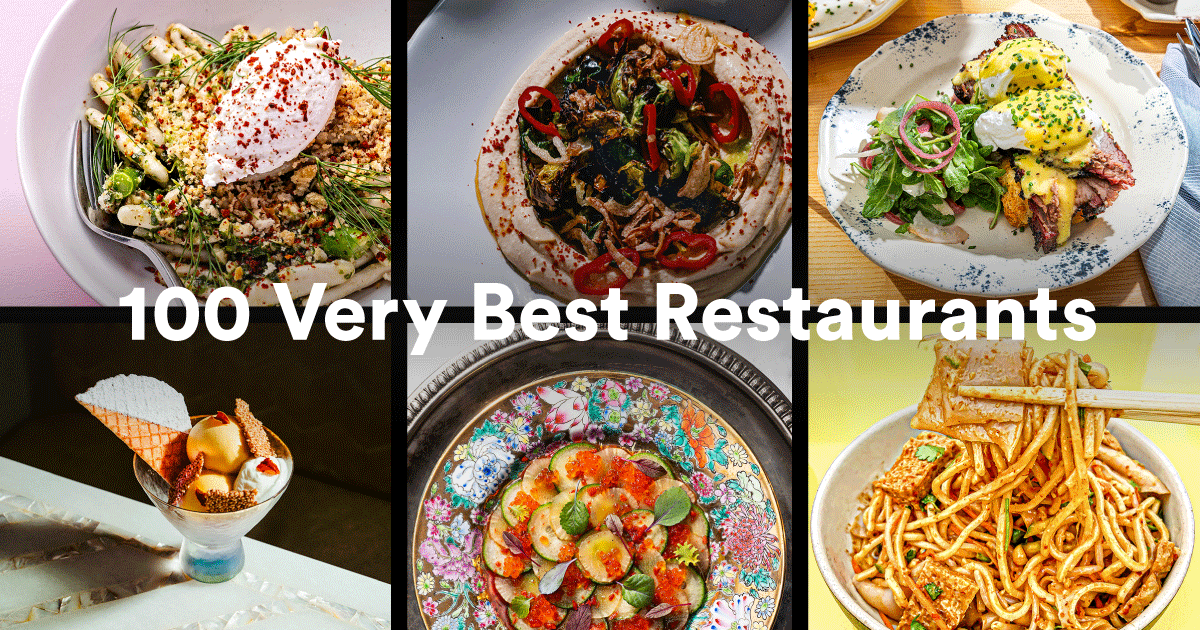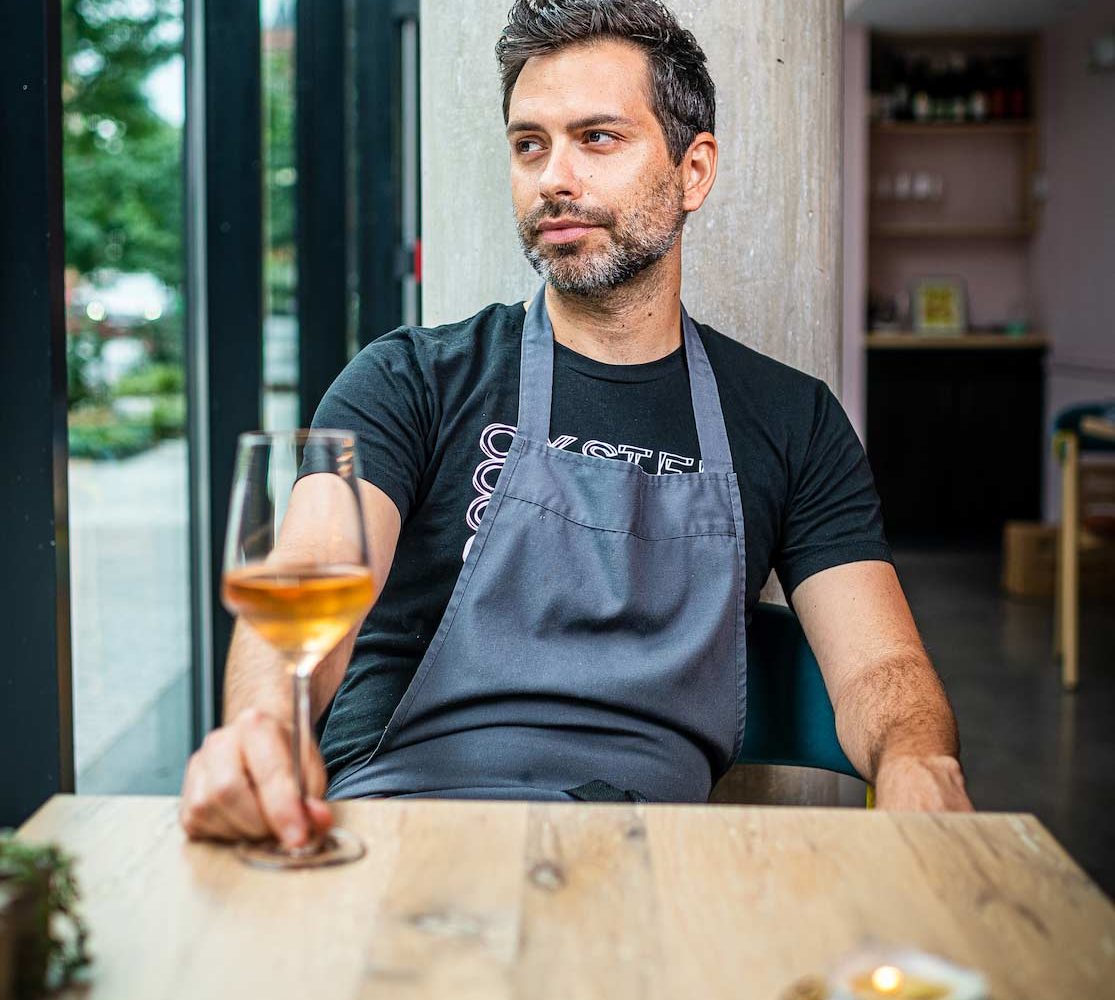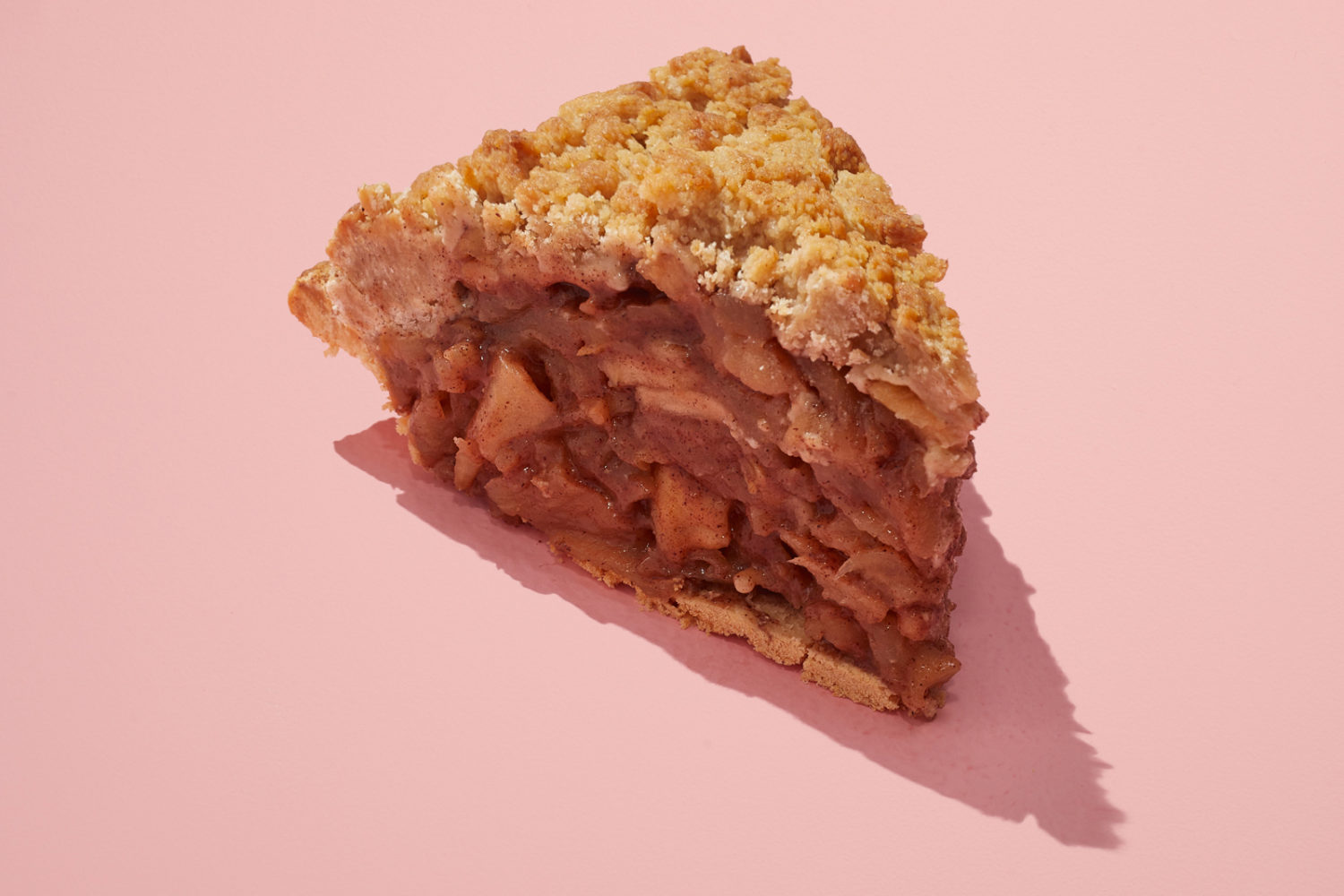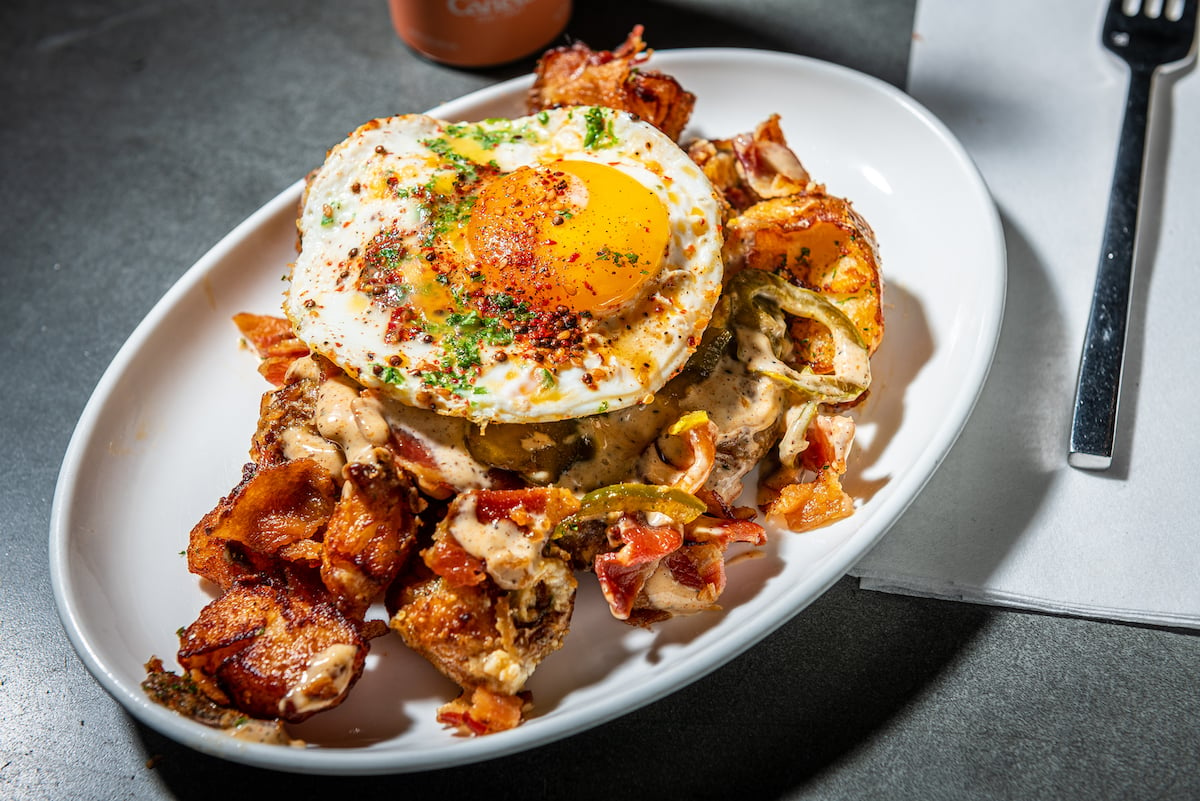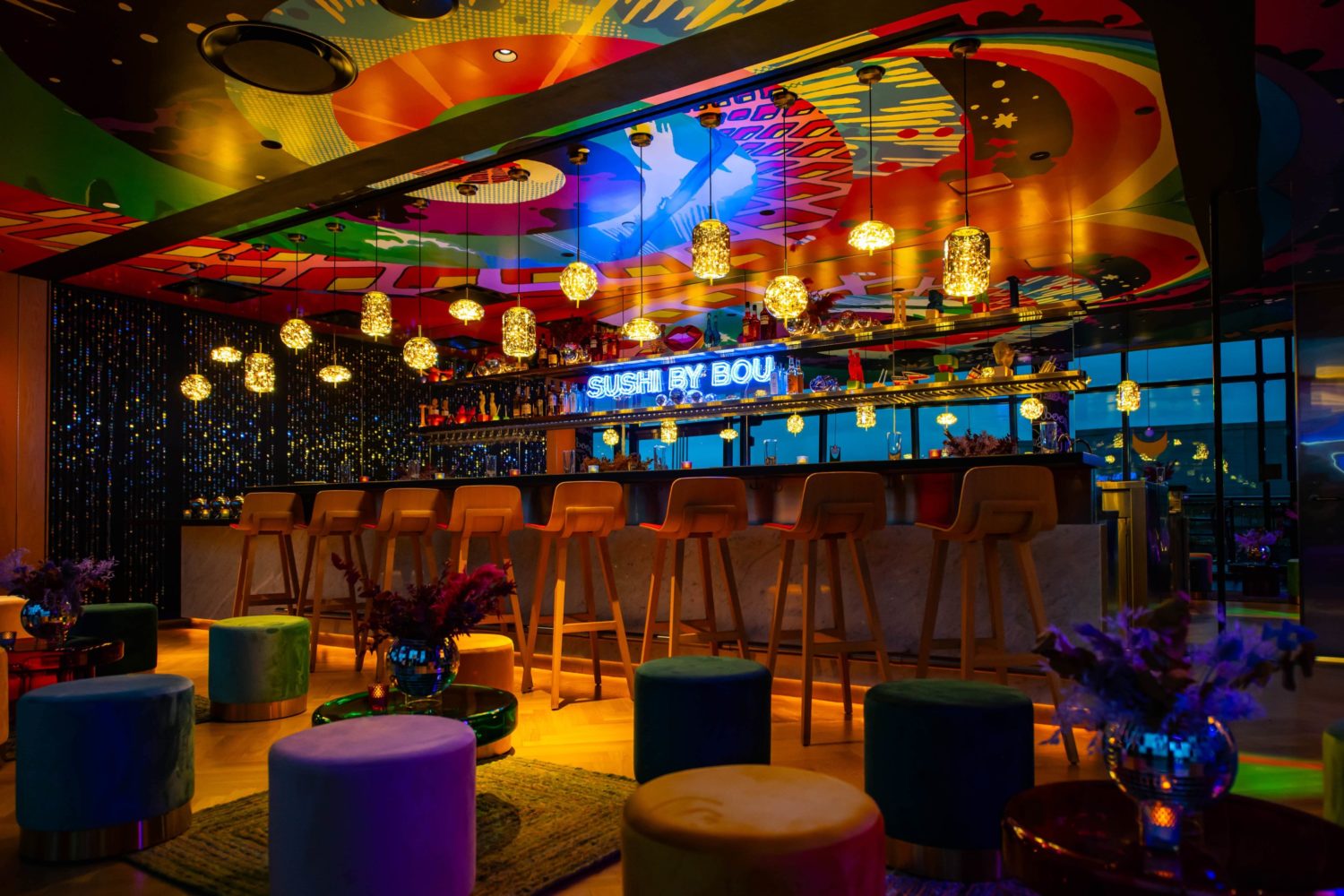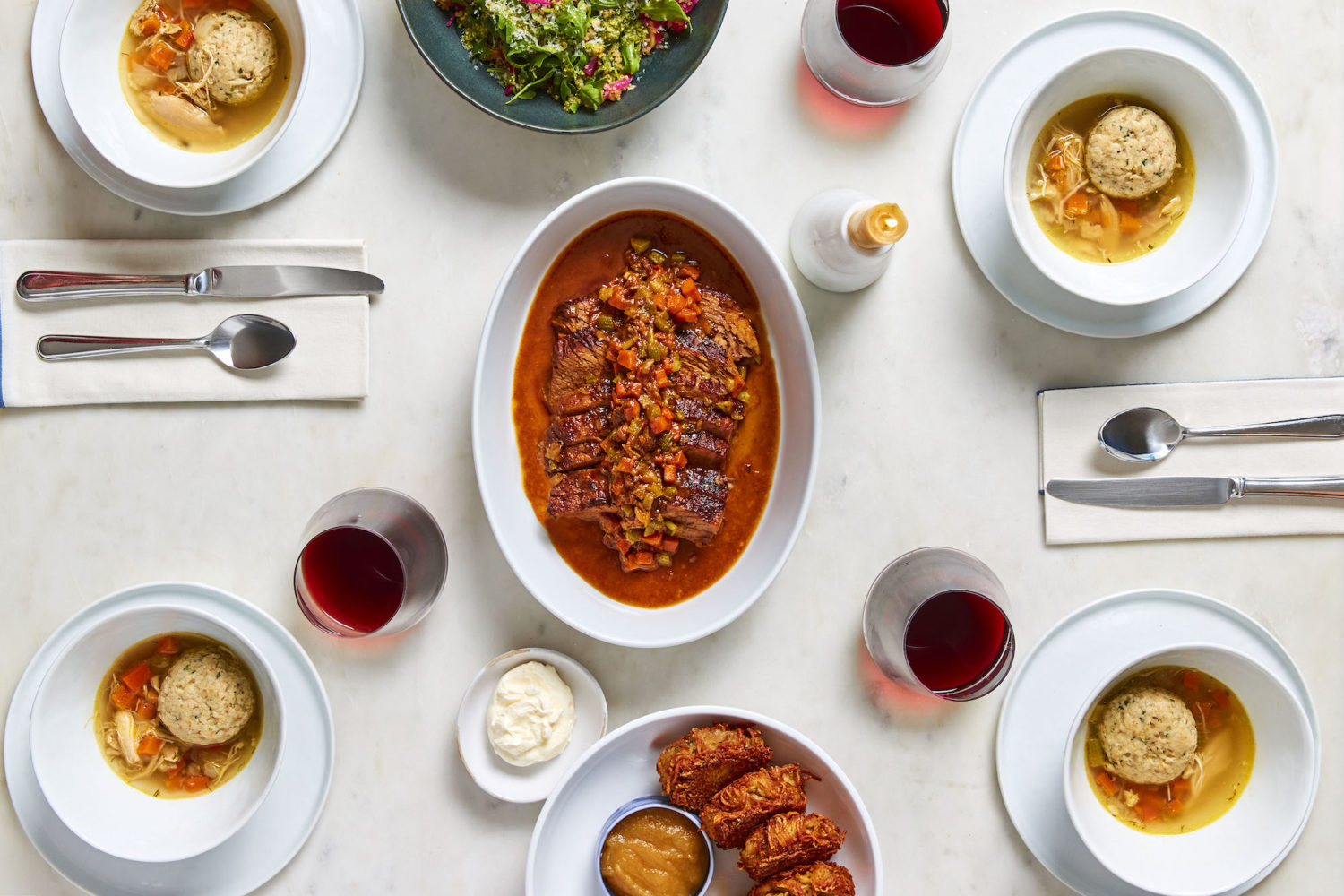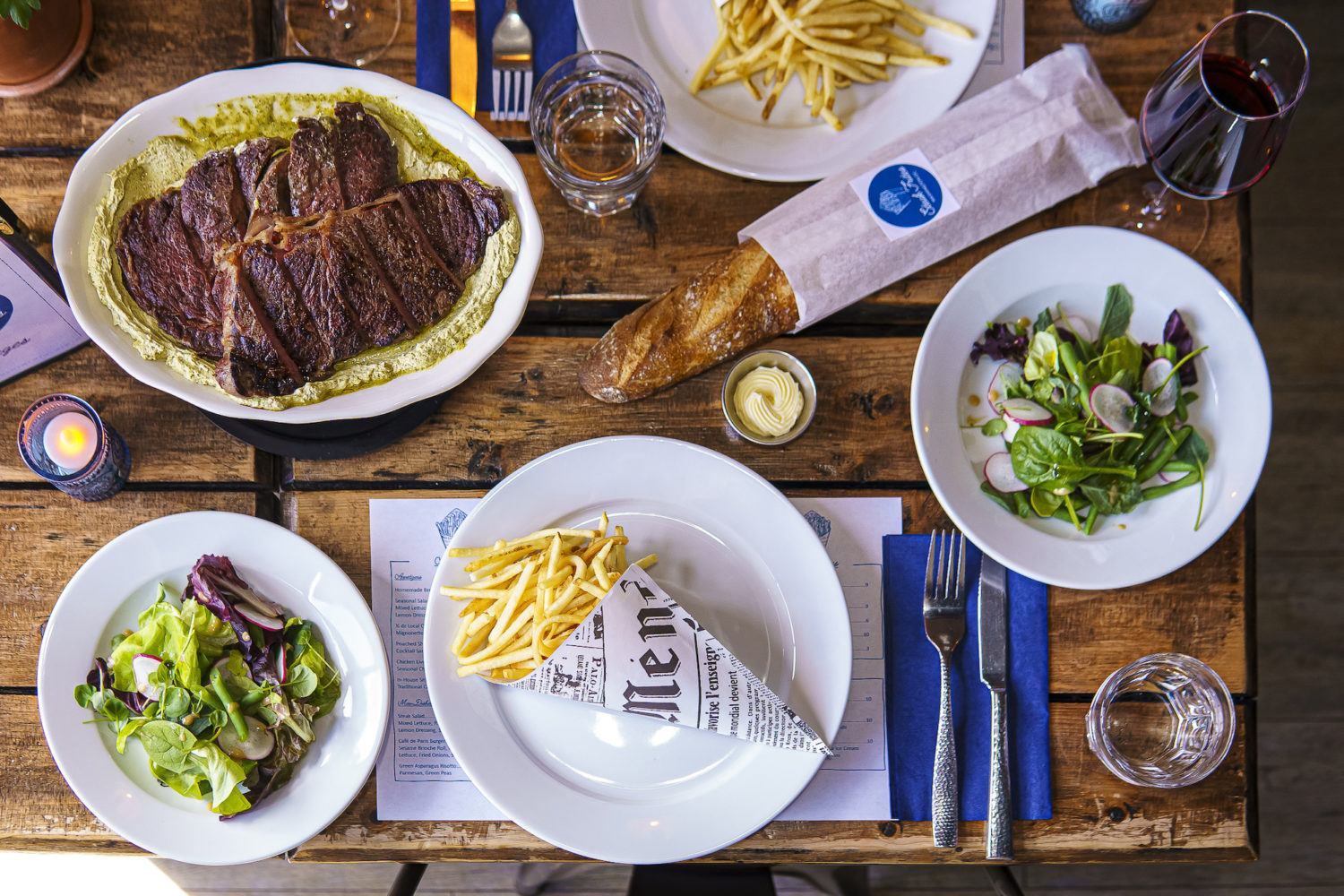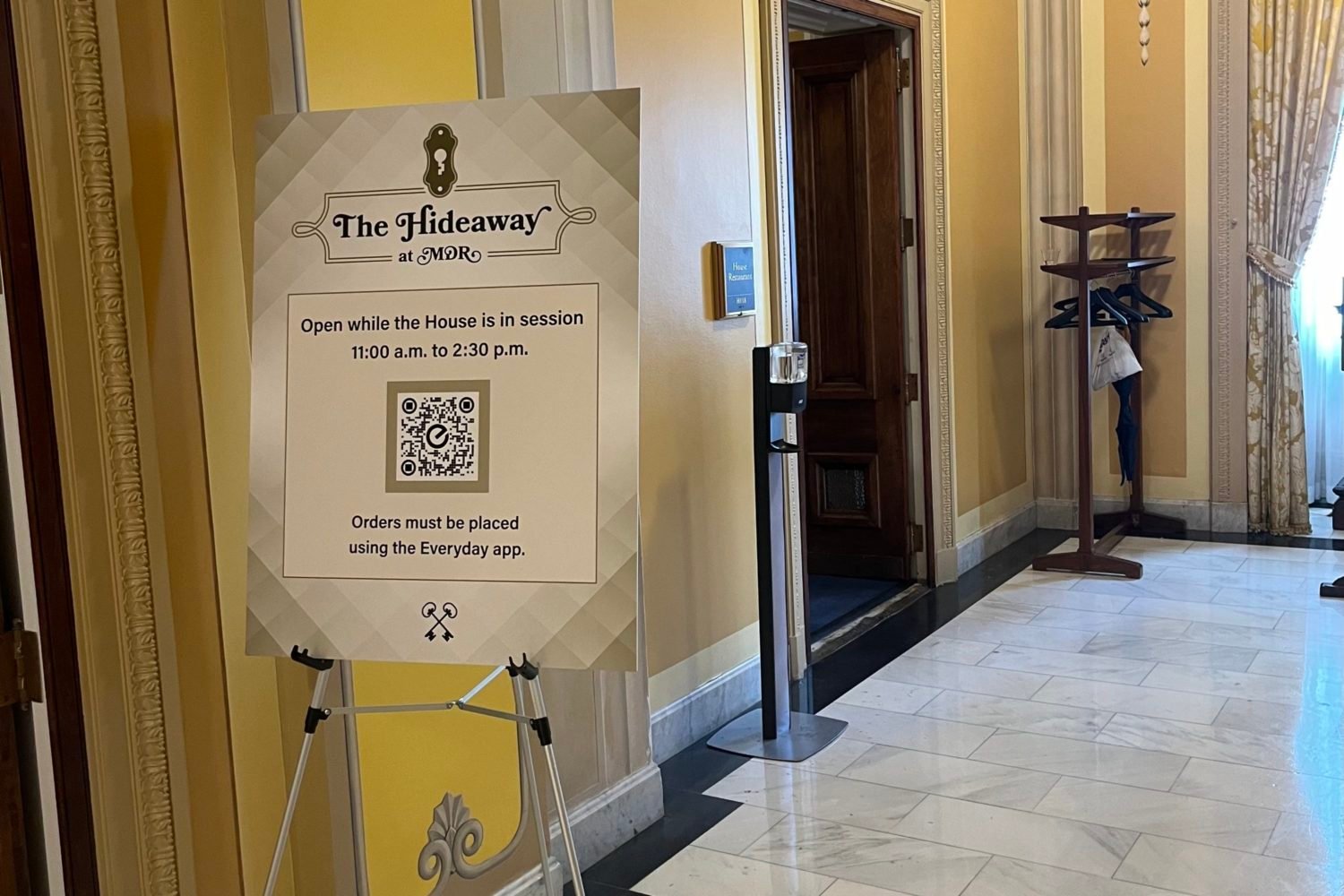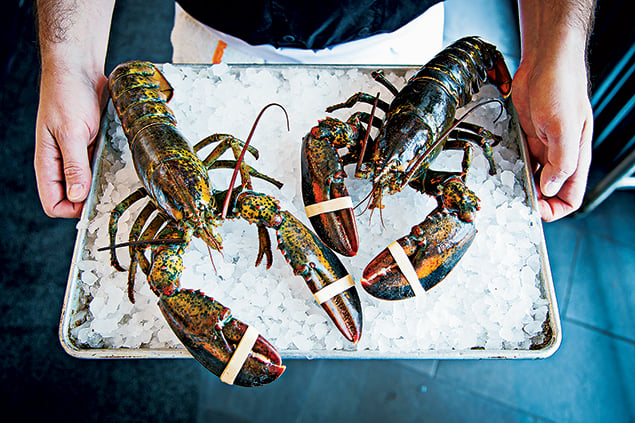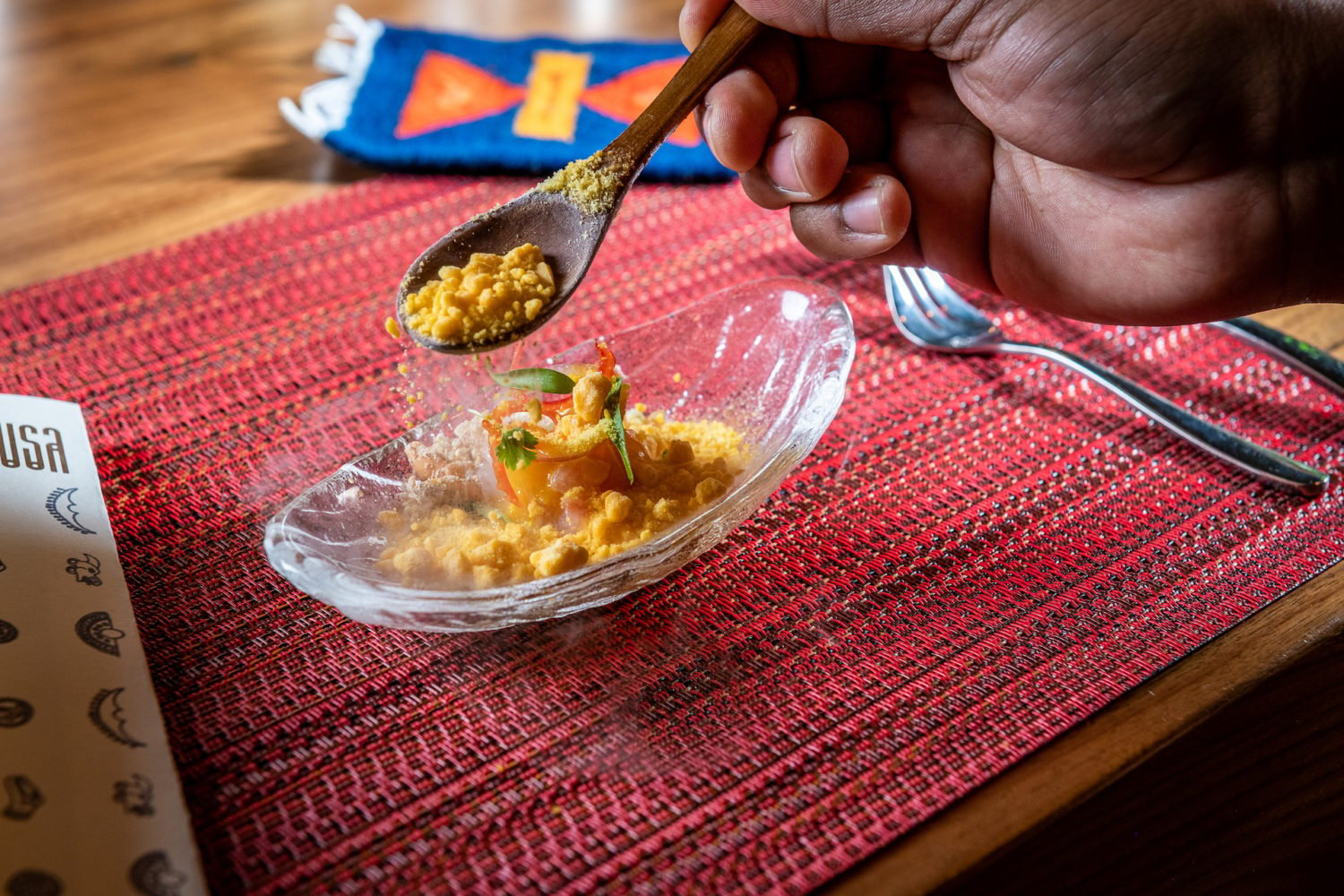DC is cherry blossom-obsessed with good reason. Thousands of flowering trees draw more than a million tourists annually for the month-long Cherry Blossom Festival. But our claim to cherries—the official fruit of DC? That’s a different story.
You may have missed this moment in legislative history. In 2006, the DC Council introduced the “Official Fruit of the District of Columbia Act” to designate the cherry as our non-state fruit. It was approved by mayor Anthony Williams and Congress and became a law, forever binding the District to the cherry—and dooming DC to an annual scourge of terrible cherry food and drink specials.
So how did this happen? Cherries aren’t prolific in DC. The cherry blossom trees you’ll find along the Tidal Basin don’t produce edible fruit, hence all the pink dye and maraschinos anointing those cherry blossom cocktails. We broke down the clauses in the Official Fruit Act to expose the stone fruit fraud.
(a) Twenty-six states have an official fruit, 2 of which picked their official fruit based on suggestions from children.
We’ll get to the fact that kids barely out of diapers making municipal decisions. First, let’s talk about the fact the fruit was already claimed by two legit cherry producing states: North Dakota, home of the chokecherry, and Utah, which harvests roughly 2 billion cherries per year. How many cherries are hanging around DC? There’s no readily available data—maybe because DC cherries aren’t a thing.
(b) Washington, D.C. is named in honor of our first president, George Washington, who is symbolically associated with the cherry because of the well-known tale of the president, as a child, and a certain cherry tree, the moral of which was the importance of honesty.
Turns out that moral is all based on lies. The story of young George Washington chopping down a cherry tree was a myth created by bookseller by Mason Locke Weems in 1806. (Mt. Vernon has all the salacious details.) Fancy jargon like “symbolically associated” isn’t fooling anyone! Washington did cultivate fruit trees, including cherries, at the Mt. Vernon Estate. But wouldn’t that give Virginia the greater claim? (Virginia perhaps wisely opted out of a state fruit, in case you were wondering.)
(c) Every year, the District of Columbia holds the Cherry Blossom Festival, which includes a parade and other events celebrating the beauty of the cherry tree and the original gift, in 1912, of 3,000 cherry trees from the city of Tokyo to the people of Washington, D.C.
Yes, yes it does. We celebrate the gift of 3,000 cherry trees that don’t actually produce cherries.
(d) Washington, D.C. is more closely associated with the cherry than any other fruit.
Only because of lies, deceit, and shoddy logic.
(e) The matter of an official fruit was studied by the students in Mr. Bunton’s class at Bowen Elementary School, and they proposed that the cherry be named the official fruit of the District of Columbia.
(f) The District of Columbia Board of Education supports the students.
Okay, (e) is admirable and pretty darn cute. But (e) plus (f) does not equal Cherry Town DC. We all love to support elementary school kids, but caving to the whims of children and their concept of reality is a slippery slope. Should ‘Baby Shark’ be our official song? Should chocolate milk be the official beverage? How about Big Bird as the official bird?
(g) The cherry is hereby designated the official fruit of the District of Columbia.
ASF$?@&FW!???!KFQW&????*&OGP!!

